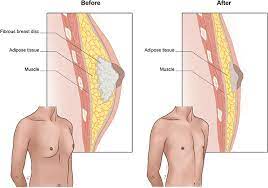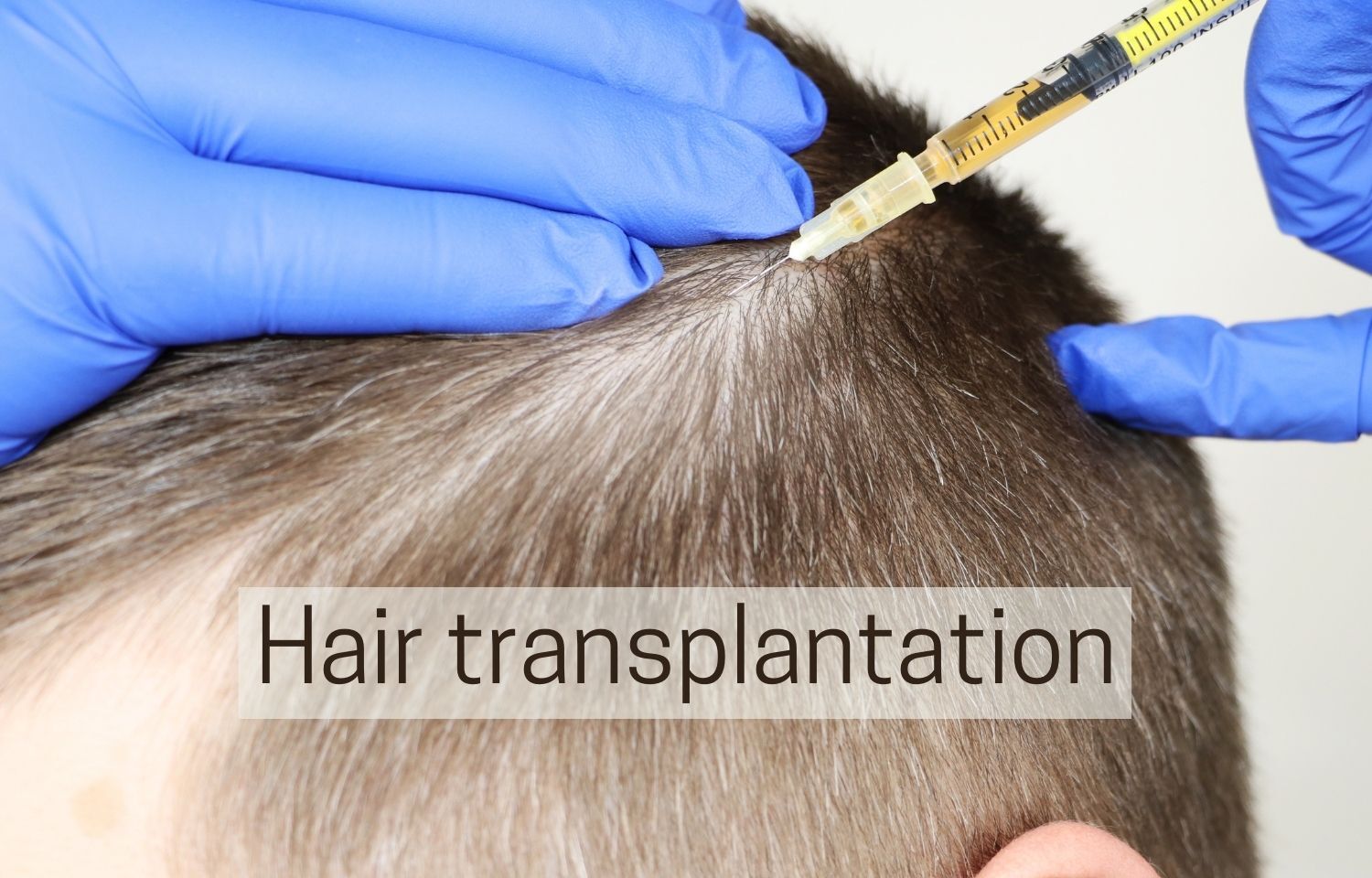A migraine attack is a severe and often debilitating headache that is usually accompanied by other symptoms such as nausea, vomiting, sensitivity to light and sound, and sometimes visual disturbances known as auras. Migraine is a neurological disorder that affects a significant number of people worldwide and can greatly impact their quality of life.
Dr. Amit Paleja says the exact cause of migraines is not fully understood, but they are believed to involve a combination of genetic, environmental, and neurological factors. Here are some key aspects of migraine attacks and their potential causes:
**1. Neurovascular Theory:** One prominent theory about migraines is the neurovascular theory. According to this theory, migraines are thought to involve abnormal changes in the blood vessels and nerve pathways in the brain. It’s believed that certain triggers can lead to the activation of nerve cells and the release of chemicals that cause blood vessels to constrict (narrow) and then dilate (widen). This process, known as vasodilation, can result in the characteristic throbbing pain associated with migraines.
**2. Triggers:** Migraine attacks are often triggered by various factors, although triggers can vary from person to person. Common triggers include:
– **Certain Foods:** Some foods like aged cheeses, processed meats, chocolate, caffeine, and foods with additives like monosodium glutamate (MSG) can trigger migraines in susceptible individuals.
– **Hormonal Changes:** Fluctuations in hormones, particularly in women during their menstrual cycles, pregnancy, or menopause, can trigger migraines.
– **Stress and Anxiety:** Emotional stress and anxiety can trigger or exacerbate migraines in some individuals.
– **Environmental Factors:** Bright lights, loud noises, strong odors, and changes in weather patterns can trigger migraines in some people.
– **Lack of Sleep or Irregular Sleep Patterns:** Sleep disturbances or inadequate sleep can trigger migraines.
– **Physical Factors:** Intense physical exertion or sudden changes in physical activity can trigger migraines.
**3. Genetics:** There appears to be a genetic component to migraines. If you have a family history of migraines, you are more likely to experience them yourself.
**4. Brainstem Dysfunction:** Some researchers believe that migraines may involve dysfunction in the brainstem, which is the area of the brain that controls various bodily functions including pain perception.
**5. Cortical Spreading Depression (CSD):** CSD is a phenomenon where there is a spreading wave of electrical activity followed by a period of suppressed activity in the brain’s cortex. It’s been associated with migraines and is believed to be related to the visual disturbances (auras) that some migraine sufferers experience.
It’s important to note that the precise mechanisms behind migraines are still being studied, and the understanding of this complex disorder continues to evolve. While there is no cure for migraines, management strategies involve identifying and avoiding triggers, making lifestyle adjustments, using medications to prevent or alleviate attacks, and seeking medical advice for more severe or frequent cases. If you experience migraines or suspect you have them, it’s recommended to consult with a healthcare professional for proper diagnosis and guidance on managing the condition.
Contact 098216 69822
Email info@dramitpaleja.com


